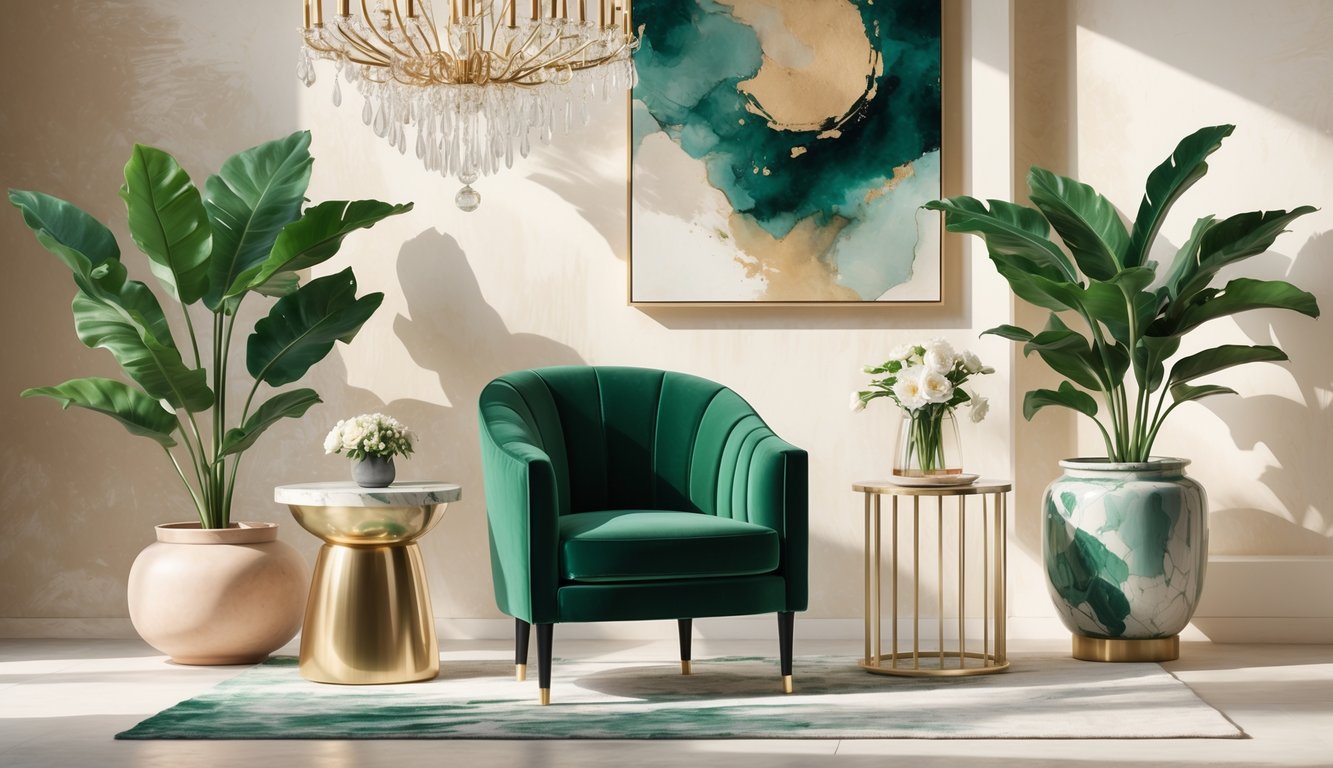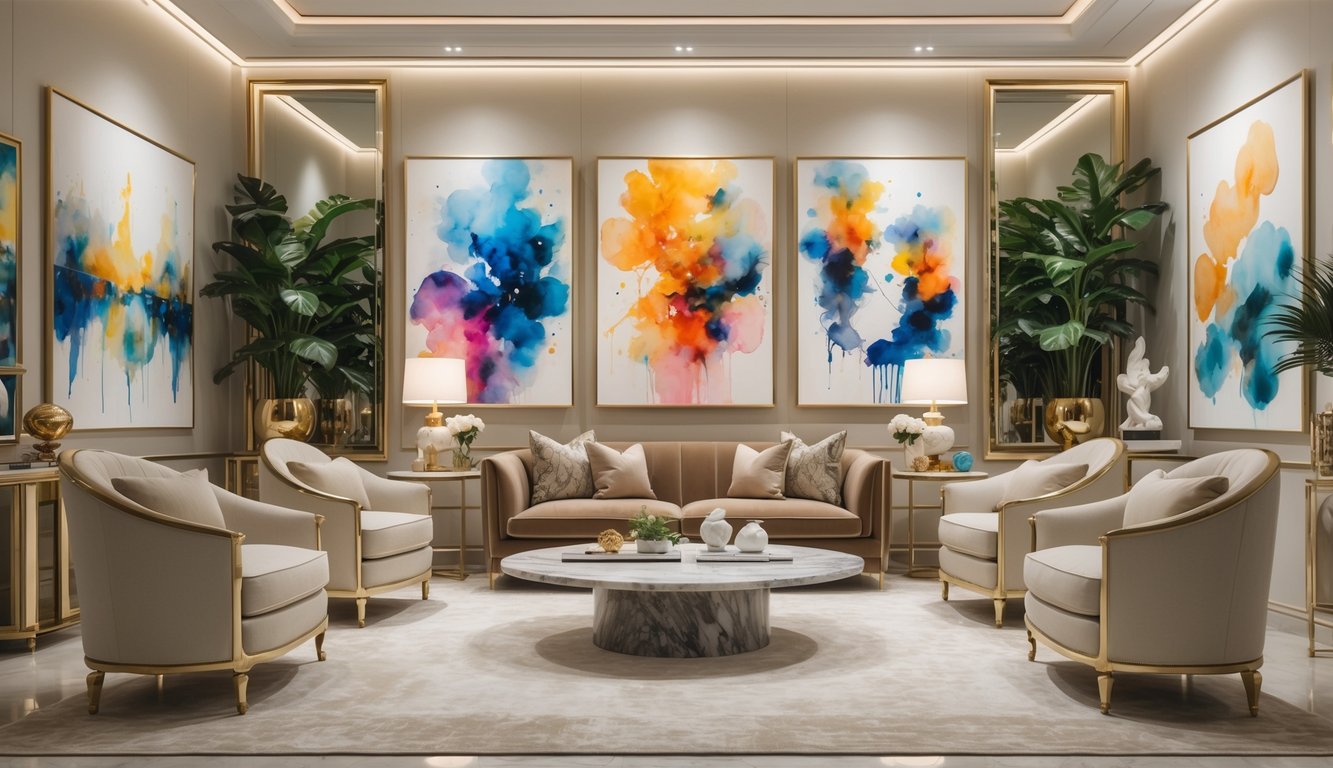
Dressers and Storage with Designer Detail
Storage: most people ignore it until they see a Japanese lacquered chest and rethink everything. I met this LA designer who pointed at an inlaid bone dresser, muttered about “Instagram moments,” and left. That dresser got more compliments than the view, which says a lot.
Nobody cares about hardware until you’re opening drawers daily. Knurled brass looks great but attracts fingerprints. If it’s too shiny, you’ll regret it at sunrise. All those “artisan joinery” claims? Half the time the drawers don’t close right, but designers call it “character.” Sure.
Moral: if you’re not a little nervous about dropping your keys on it, you probably didn’t splurge enough. BDDW, Blu Dot, West Elm’s fancy lines—they all get name-dropped for a reason. It’s the details. Unless you’re still using plastic bins inside, in which case… well, that’s another problem.
Art Investment: Original and Custom Works

So I keep arguing with myself about art—does anyone actually notice if it’s original or just a fancy print? Designers won’t shut up about it. They’re convinced real art changes the whole vibe and even bumps up your home’s value. And custom art? Apparently, it makes your place feel like yours, not just another staged rental.
Choosing Original Art with Staying Power
Ever scroll endless art sites and feel totally lost? Same. Designers say the biggest mistake is buying generic prints. They want you to hunt for originals, even if it’s some unknown artist.
Buying a one-off painting feels dramatic, but masterworks.com says art as an asset went up almost 30% in 2022. That’s wild. Holly Davis claims art with a story keeps its appeal, while another generic landscape gets ignored. And no, your college abstract doesn’t count unless it’s got provenance—scarcity matters, apparently.
Don’t just stick to paintings. Sculptures, mixed-media, textiles—they all hold value if sourced right. Nice frames won’t save bad art. I keep a spreadsheet (I know, I know) because auction trends are never what you think. Pinterest and TikTok have no clue.
Commissioning Custom Art for a Personal Touch
How many prints does one person need before they all blur together? Custom art isn’t about impressing guests; it just makes your space feel oddly personal. Every designer with a strong opinion pushes custom work because it matches your vibe, your scale, even your weird pet.
I asked Jen Woo what matters most. She said, “People need to stop thinking custom means expensive portraits. It could be a mural, a textile, whatever.” She’s right. Budget changes the size, not the impact. Commissions aren’t about micromanaging—let the artist do their thing. Sometimes they miss deadlines or misread your style (happened to me twice), but honestly, I liked the quirks more.
Serious collectors say these pieces can appreciate, but mostly, it’s just nice knowing nobody else has it. Funniest comment I got was someone thinking my custom metal art was from a store display—so maybe label your art, or everyone assumes it’s West Elm.
Elevating Windows: From Treatments to Statement Pieces
Okay, so here’s my thing: I used to think swapping curtains was like changing socks—boring, routine, who cares? But then I finally ditched those limp, faded panels for something with actual texture (think heavy linen, layered sheers, hardware that doesn’t look like it came from a dollar bin), and suddenly the room stopped feeling like a Craigslist listing. People act like “custom” means you need a trust fund, but honestly, screwing up window treatments wastes way more than cash. (I’ve got a blackout drape somewhere in my closet that’s the wrong size and, yes, I’m still bitter.)
Luxury Window Treatments with Lasting Appeal
Does anyone even notice their blinds until the sun hits just right and you see dust floating everywhere? I didn’t, not until my aunt pointed out the hem was basically shredded. I tried swapping in velvet panels once—looked good for about a week, then I realized the cat thought they were a climbing wall. Designers are always talking up heavyweight wools, embroidered silks, “real” linen, and honestly, they’re not wrong: the stuff lasts. Sun doesn’t bleach it out in a year, and you can actually build a color scheme around it without repainting everything.
Eco-friendly? Sure, let’s pretend I’m not just trying to avoid that weird plastic smell. Bamboo, organic cotton, whatever—at least I don’t feel like I’m breathing in glue fumes every time I yank the cord. Supposedly solar shades drop your cooling bill by 15-20% (EPA says so, but who’s actually tracking this?). Every “magazine” room I’ve seen lately? Dual-layer treatments: blackout for sleep, sheers for daytime. Still, people treat them like they’re just for show. Why? Maybe because nobody wants to admit they don’t know how to install a curtain rod straight.
Custom Options: Drapery, Shades, and Beyond
So this one time, a client asked for triple-width, pinch-pleat blackout curtains with hand-sewn trim. I rolled my eyes—until we hung them and suddenly the room felt twice as expensive. Custom fits actually matter, especially if your windows are weird shapes or you live in an old house where nothing’s square. Try buying mass-market panels for a sixteen-foot bay window. Go ahead, I’ll wait. Even a good custom Roman shade, with a lift system that doesn’t jam, makes drafty old windows less annoying.
All these designers keep talking about “light management” and “flexibility,” but for me, it’s just about not having to battle tangled cords or stuff that never hangs right. Motorized shades? Not just for showing off—my friend’s grandma can open the living room blinds with her phone, which is wild. Somfy, Lutron, whatever—cords are dead to me now. Only thing nobody admits: every fabric shade I’ve ever owned ends up a little crooked. Gravity? Bad luck? I give up.